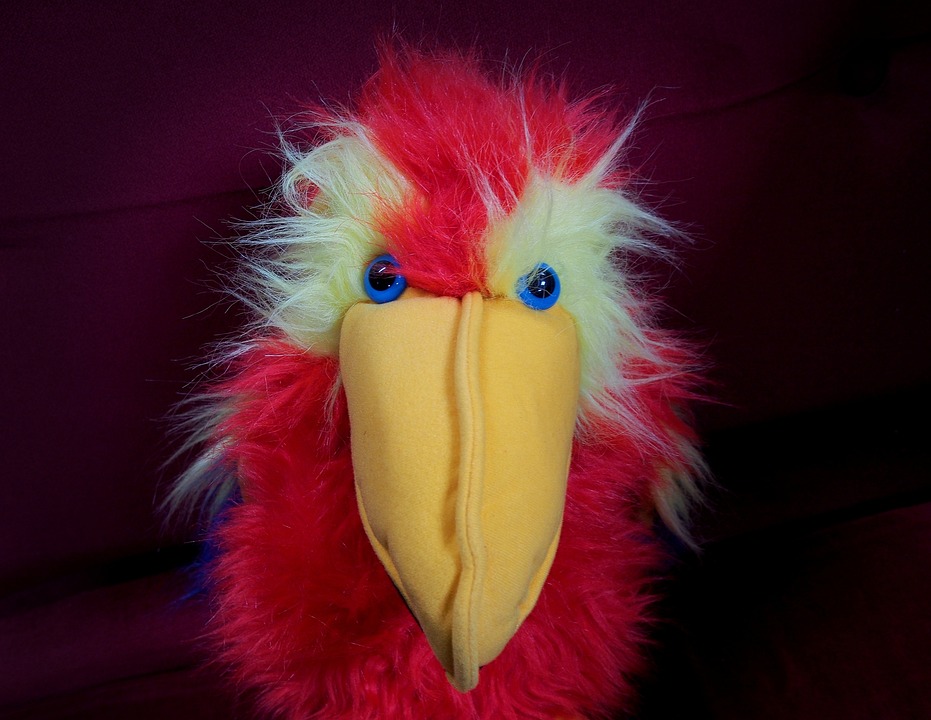Parrots, known for their intelligence and ability to mimic human speech, possess a unique understanding of human emotions. They can sense and respond to their owner’s emotional state through various cues and signals, such as body language, tone of voice, and energy levels. This ability is attributed to their highly developed social and emotional intelligence.
One way parrots pick up on their owner’s emotions is through observing body language. They pay close attention to facial expressions, posture, and gestures, which provide valuable information about their owner’s emotional state. Additionally, parrots are sensitive to changes in their owner’s tone of voice. They can discern between happy, sad, or frustrated tones, allowing them to adjust their response accordingly.
Parrots are also attuned to the energy levels emitted by their owners. They can sense when their human companion is feeling energetic, calm, or stressed, and respond accordingly. This ability to pick up on subtle cues and signals is a result of their advanced social and emotional intelligence.
Parrots possess mirror neurons, specialized cells in their brain that enable them to mimic and empathize with the actions and emotions of others. When they observe their owner experiencing a particular emotion, these mirror neurons fire, causing the parrot to mirror that emotion as well. This phenomenon, known as emotional contagion, helps parrots establish a deeper emotional connection with their human companions.
Parrots respond to their owner’s emotions in various ways, depending on their individual personality and the specific situation. Some common responses include vocalization, where parrots may use their vocalizations to express empathy or concern when they sense their owner’s distress. They may mimic crying or offer soothing sounds to provide comfort. Parrots also seek physical contact, such as cuddling or nuzzling, to offer reassurance and support when their owner is feeling down or upset. In moments of joy or excitement, parrots may engage in playful behavior to mirror and amplify their owner’s positive emotions. Additionally, parrots are keen observers and may mirror their owner’s behavior when they sense a particular emotion, such as laughing along with their owner.
Parrots are highly attuned to negative emotions, such as sadness or anger, in their owners. They can sense these emotions and often respond by offering comfort or behaving in a calming manner. Building a strong bond with your parrot through consistent interaction, positive reinforcement, and gentle training can enhance their ability to understand and respond to your emotions. Additionally, maintaining a calm and harmonious environment can contribute to better emotional communication.
All parrots have some level of emotional intelligence, but individual differences exist. Some parrots may be more perceptive and responsive to their owner’s emotions, while others may require more time and training to develop these skills. Patience, understanding, and consistent interaction are key in nurturing emotional connections with parrots.
In conclusion, parrots have a remarkable ability to sense and respond to their owner’s emotions. Their keen observation, mirror neurons, and emotional contagion contribute to their understanding and empathetic response. By cultivating a strong bond and providing a nurturing environment, parrot owners can further enhance their emotional connection with these incredible beings.









